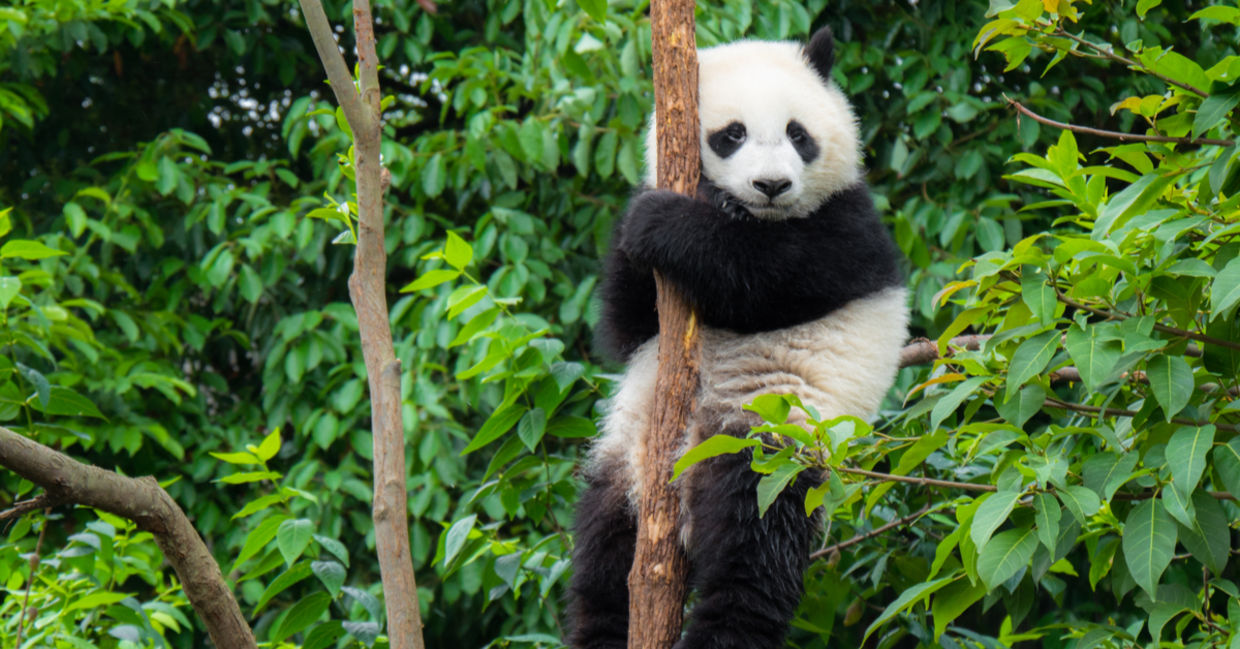
A formerly endangered animal, the panda. (Yoreh / Shutterstock.com)
In the 1960s, the world had a wakeup call to the dwindling populations of millions of animals and species thanks to the book Silent Spring. With a growing consciousness about human's effect on the natural environment, the US Environmental Protection Agency was created and concerned individuals and conservation groups sprung into action to create legislation that would protect animals from hunting and deforestation. Through dedication, awareness and action great strides have been made to preserve unique creatures and maintain them in their natural habitats. Here are five success stories of animals that have returned from the brink of extinction.
1. TRUMPETER SWAN
WHERE: Canada and the United States
BACKGROUND: In the 19th and 20th century trumpeter swans were heavily hunted until they were later classified as incredibly rare, numbering around 69.
REBOUND: In the 1980s a program was designed to revive and conserve the swans, and according to Yellowstone National Park it is reported that the population has grown to 46,000 in North America and steadily increasing.
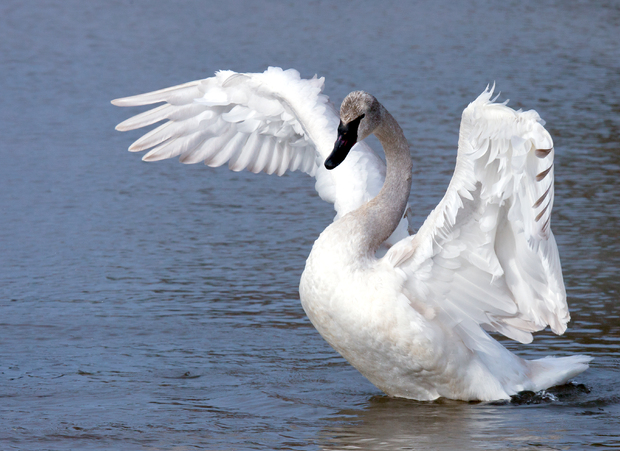
Trumpeter swan. Image from (critterbiz / Shutterstock.com)
2. BLACK-FOOTED FERRET
WHERE: Canada and the United States
BACKGROUND: A member of the weasel family, the black-footed ferret survives on prairie dogs for food, and also for shelter by living in their burrows. Due to agricultural development and rodent poisons, the prairie dog populations severely suffered which directly affected the black-footed ferret who were declared extinct.
REBOUND: In the 1990s captive breeding programs resurrected the ferret and released them into the wild. It is estimated that there are around 1,410 black-footed ferrets now living in their natural habitat.
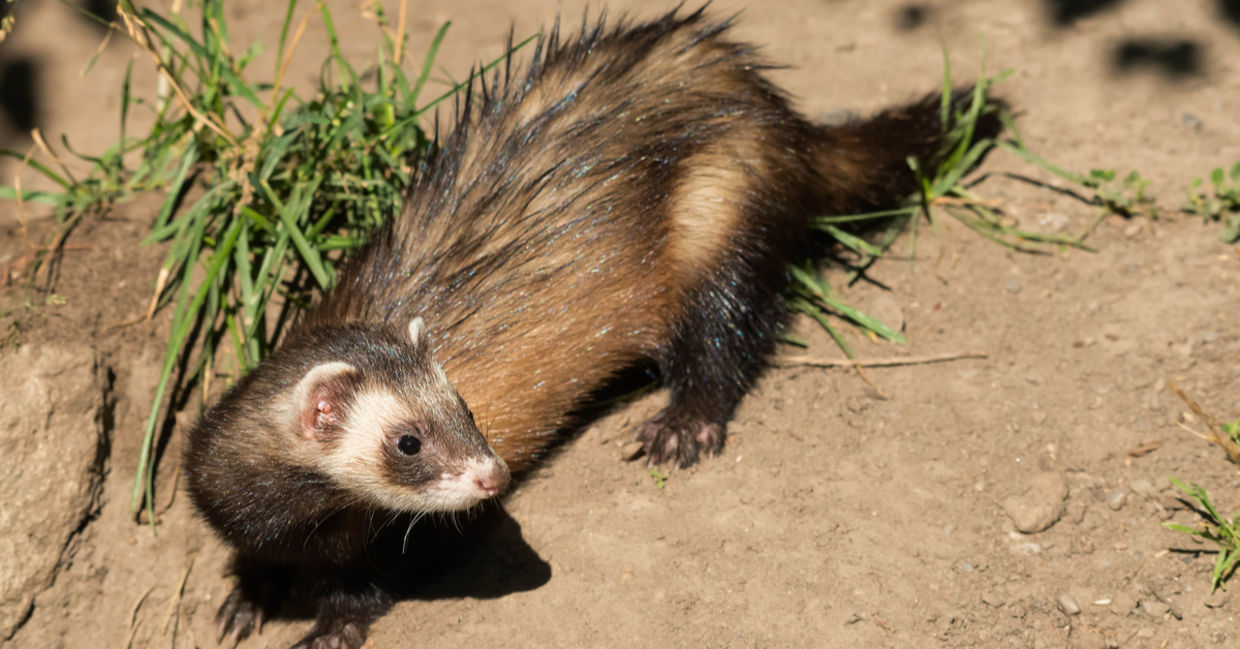
Black footed-ferret. (Paul Reeves Photography / Shutterstock.com)
3. BALD EAGLE
WHERE: United States
BACKGROUND: As the official symbol of the USA, the bald eagle appears on seals, emblems and money, which makes it even more shocking that this majestic bird was close to extinction. An insect pesticide known as DDT was the reason behind the decline of bald eagles. DDT would wash into waterways and be absorbed by plants and fish. The bald eagles would eat the DDT ridden fish, and its chemicals poisoned the birds and interfered with their ability to produce strong eggshells.
REBOUND: They gained protection in 1940 when an act was passed to make it illegal to hunt them. Also after public awareness was made about the negative effects of DDT, it was officially banned in 1970 and since then the American bird has made a soaring comeback.
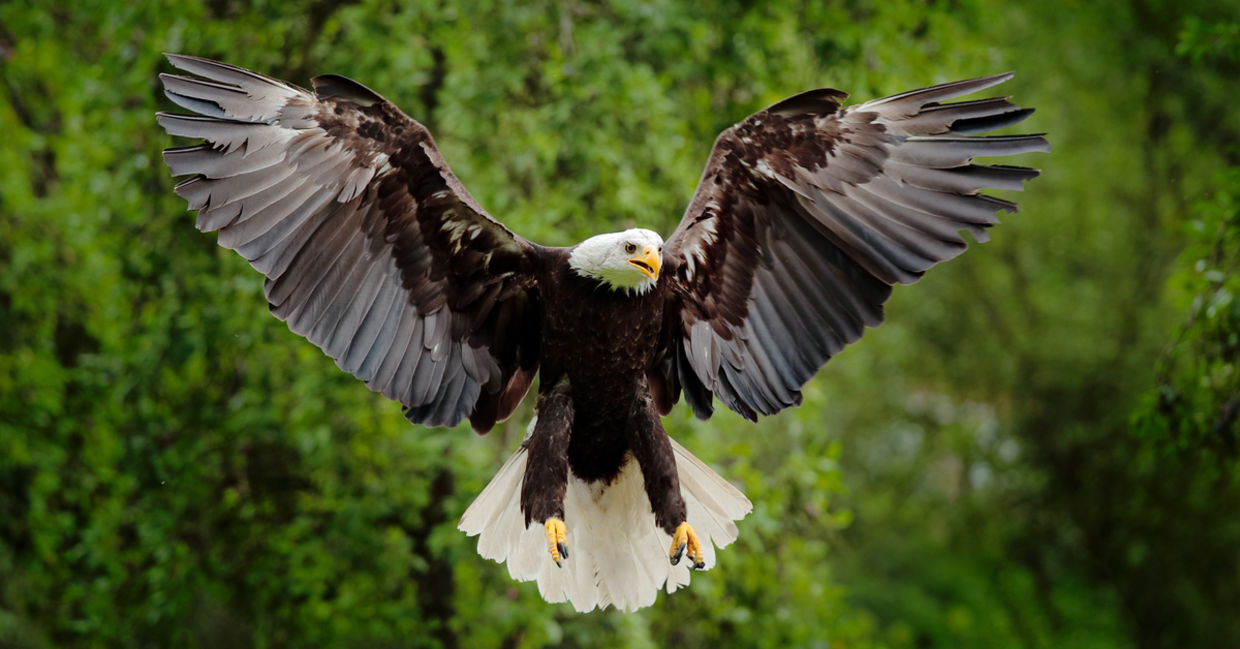
Bald eagle. (Ondrej Prosicky / Shutterstock.com)
4. GRAY WOLF
WHERE: United States
BACKGROUND: Wolves, seen as a threat to humans and livestock, were heavily hunted. Also due to severe habitat loss, the gray wolves were close to disappearing.
REBOUND: In the 1980s the grey wolves were reintroduced to Yellowstone National Park and the populations in the northern Rockies began to expand. Due to their comeback, the grey wolf was recently removed from the endangered species list. Though while this appears to be good news, the wolves have recently been declared as predators and due to that status in the state of Wyoming, it is now legal to hunt them.
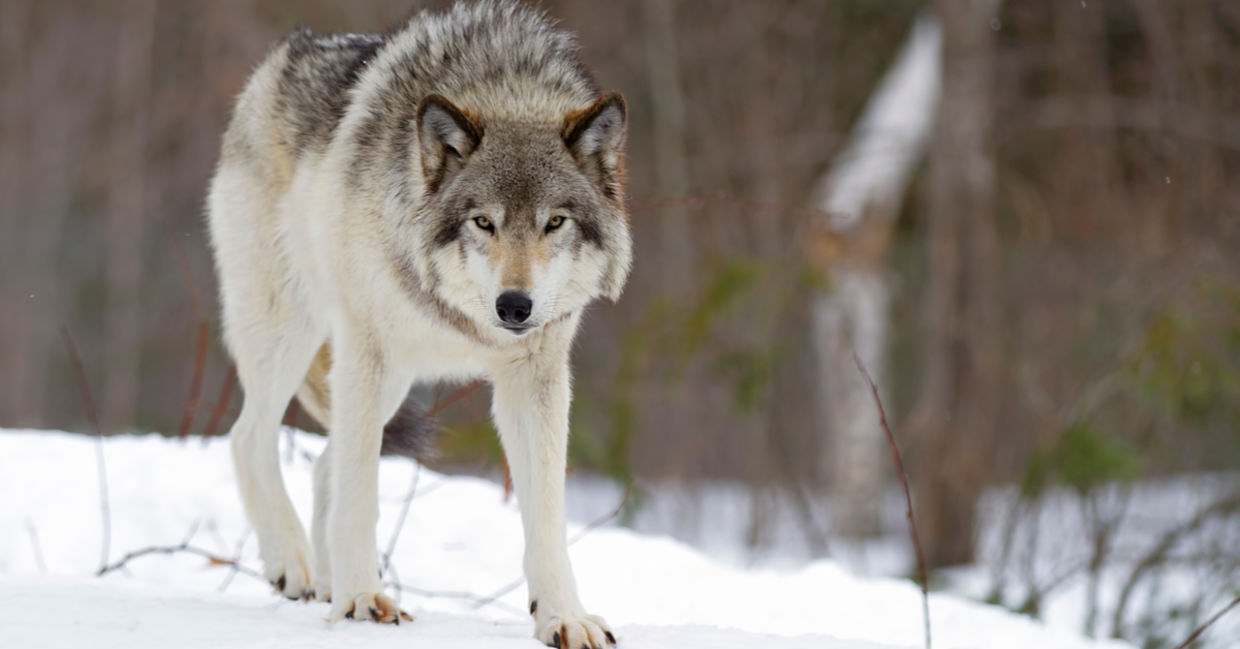
Gray wolf. (Jim Cumming / Shutterstock.com)
5. SALTWATER CROCODILE
WHERE: AUSTRALIA
BACKGROUND: Hunted for their skin, these mighty predators who have the most powerful bite of any animal on the face of the planet were very close to being extinct.
REBOUND: Since they received federal protection in 1974, there are an estimated 100,000 salties (as the locals refer to them) swimming in Australian waters.
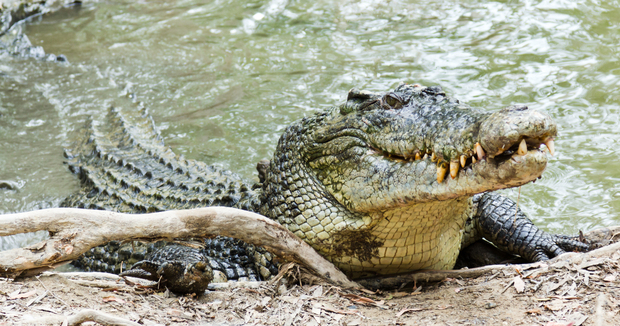
Saltwater crocodile. (Meister Photos / Shutterstock.com)
RELATED:
10 Sneak Peeks into the Secret Lives of Animals in their Natural Habitats [LIST]
Extinct Animals Photographed for Eternity
11 Wildlife Organizations You Should Know






